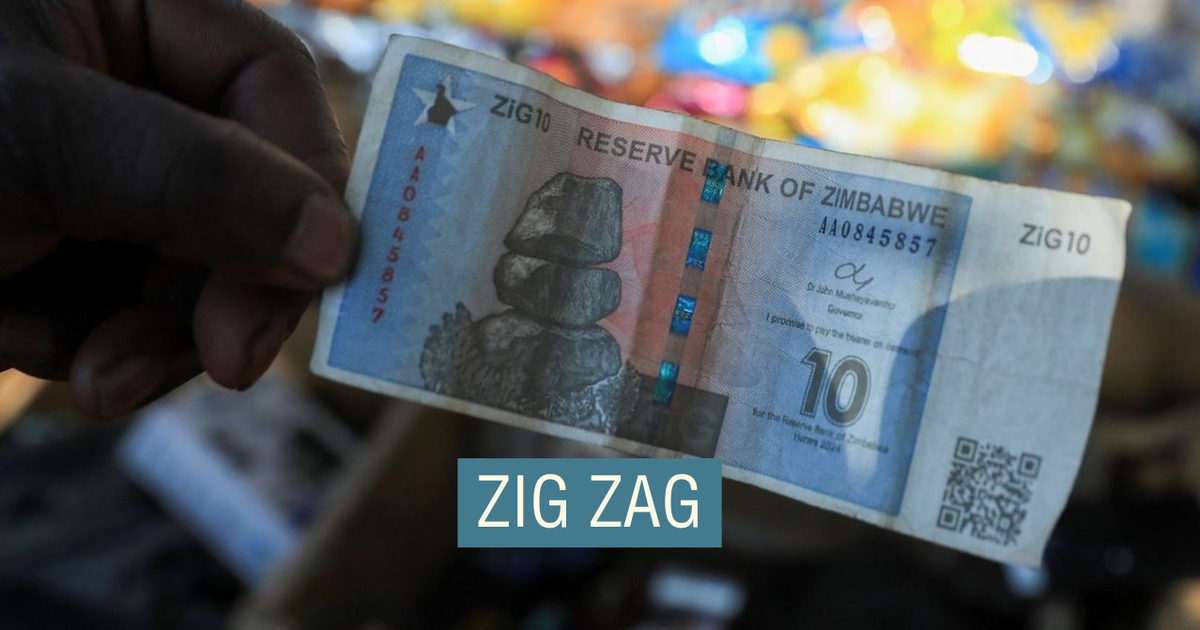Zimbabwe is renewing efforts to ditch the US dollar as the dominant form of tender in the southern African nation by leaning on government officials to de-dollarize the economy by 2030.
The timeline of the new push aligns with an unprecedented extension of President Emmerson Mnangagwa’s mandate, who is now set to stay in office for an additional two years past his original 2028 exit date. It comes after an approval by the ruling party earlier this month.
Zimbabwe’s economy has mostly run on the US dollar since 2009 and the government wants to return to a local currency so the central bank can gain full control of currency supply. Among other things it would allow the administration to pay contractors working on politically-favorable infrastructure development projects such as road construction with the local currency, Zimbabwe Gold (ZiG).
Harare also argues the ZiG, which was first introduced in April 2024, will improve the competitiveness of local manufacturing companies through cheaper production processes as opposed to US dollar-based costs. Ultimately the government hopes that local currency use will slow inflation.
However, Nathan Hayes, Zimbabwe analyst at Economist Intelligence Unit said US dollars will “likely remain dominant.” He told Semafor that with inflation in ZiG terms around 90% year on year versus much lower inflation in US dollars, it would be prudent for the de-dollarization process to be rolled out gradually.

